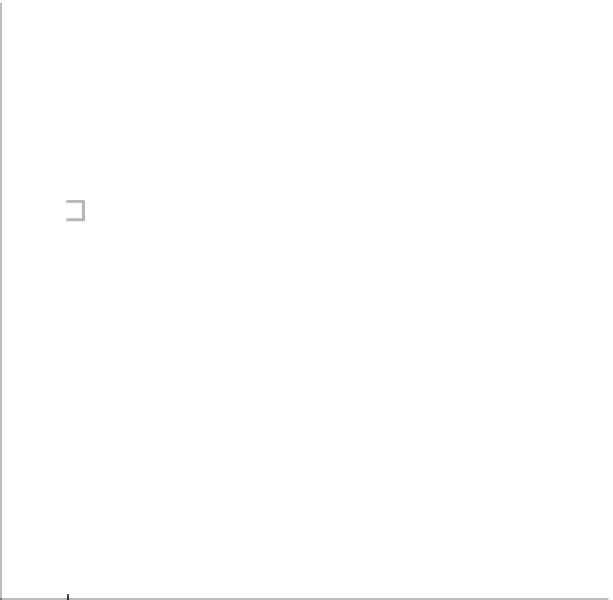Geoscience Reference
In-Depth Information
R13
R13
30
R14
R8
R9
R9
R7
25
R7
R14
R10
R8
R6
20
R27
R27
R10
R12
R12
15
R6
W16
W16
E3
E4
10
E3
E2
E1
E1
E4
5
E3
E3
E2
E1
E1
0
0
0.5
1
1.5
Variance Weighted Distance Between Cluster Centers
Figure 10.3. Dendrogram of Horsens catchment samples collected in June, 2006. Sample codes indi-
cate Stream (R), Estuary (E), or WTP (W) sites, followed by site number (1-27). Single samples were
collected from each site on two occasions 20 days apart, except at E1 and E3, where pairs of replicate
samples were collected 20 days apart.
cluster analysis is used to discover structures in data without using prior knowledge of
why such should be present. A level of subjectivity in the interpretation of cluster analyses
is inevitable. In order that the clusters identified represent chemically distinct groupings
rather than happenstance correlations the researcher should establish what degree of clus-
tering is sensible both visually and through validation with additional samples and alterna-
tive clustering methods (Bratchell,
1989
).
An example of a hierarchical cluster analysis using samples from the Horsens catch-
ment data set is illustrated in
Figure 10.3
. The data used to produce the figure are the
unfolded EEMs preprocessed by normalization followed by mean-centering. For clarity,
this analysis is restricted to samples that were collected in June, 2006 (
n
= 32). The graph-
ical output, called a dendrogram, shows similar samples grouped together in a hierarchical
fashion. The longer the distance of the connecting line between two samples, the more






























